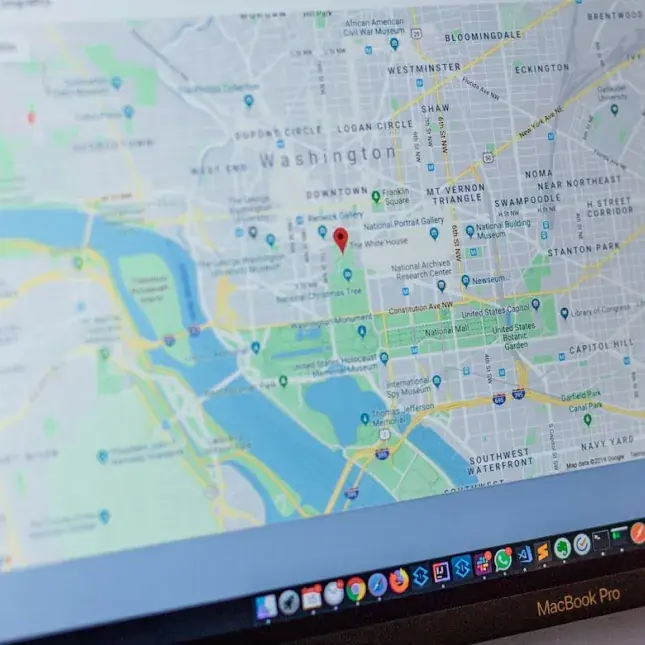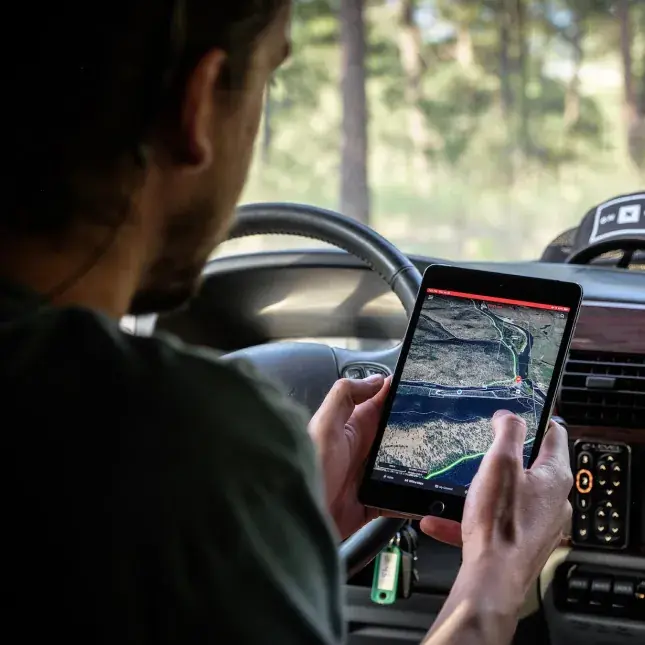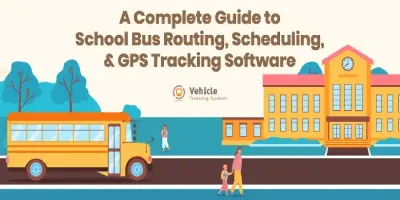
Car Tracking System
Our car tracking system helps fleet managers to track their fleet by providing them tracking information in real-time, speed limit, route management, and other numerous features.
Read more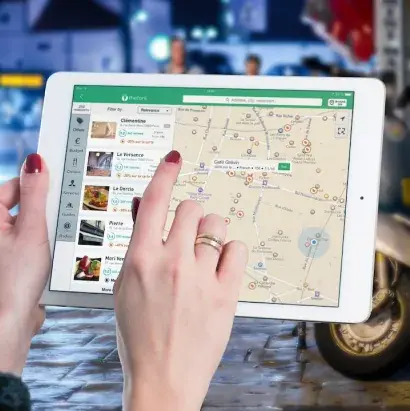
GPS Tracking Systems
Vehicle Tracking Qatar offers real-time GPS tracking solutions for transportation businesses which include rental cab operators, tour operators, logistics firms, and many more.
Read more
GPS Vehicle Tracking System
Our GPS vehicle tracking system solution consists of a tracking device that fits inside your car or truck dashboard and captures the location data and other info from different sensors.
Read more
Fleet Management Software
The custom-made fleet management software developed by Vehicle Tracking System Qatar provides you the ability to track and manage your vehicle fleet in real time.
Read more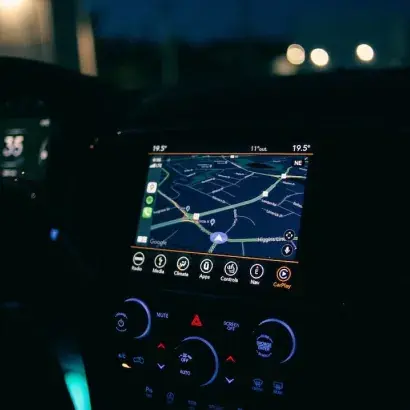
Real time GPS Tracker
Real time GPS tracker provided by Vehicle Tracking System allows business owners and fleet managers to streamline their fleet operations across all regions in Qatar.
Read more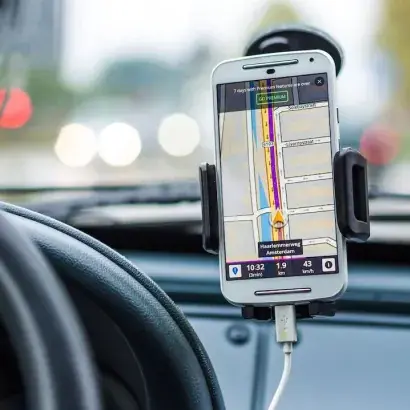
GPS Vehicle Tracking Devices
We provide GPS vehicle tracking devices with advanced features which include over geo-fencing, over-speeding, fuel theft, vehicle theft prevention, route history, and more.
Read moreHow Vehicle Tracking Solutions Help your Business
Organizations that consider making the best use of vehicles and enhance business efficiency gain a plethora of benefits by implementing vehicle tracking solutions to their business. Modern trackers enable you to have excellent control over the fleet of vehicles, lower overall expenses, and augment efficiency. As a matter of fact, a vehicle tracking system is indeed a data capture tool. With the captured data, fleet managers are able to thoroughly interpret it and thereby recognize and resolve the dominant fleet-related issues . Nevertheless, there is a common prejudice that vehicle tracking solutions are only for business tycoons or businesses with vast fleets.
Read moreFeatures
TRIP Cards
Events & Alerts
RFID Cards
Credit System
Temperature Threshold
Duty Roster
Driver Console
Echo Driving & Driver RankingSystem
We are powered by "Amazon RDS" to upscale our services and to transform our business into an highly Scalable & Available Vehicle Tracking Solution
Know more17,00,000+
Hours Tracked
100+
Happy Customers
1000+
Vehicles
80+
Reports Available

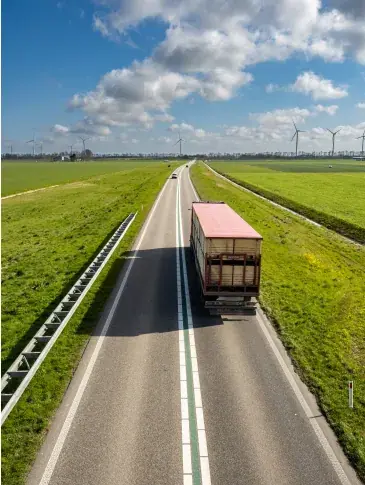

Tracking Features
There are a handful of features which make our tracking system right from the top drawer. Here are some of them.
Real Time Live Tracking
Any tracking system is only as good as how fast it can pass information. So, what better than having it in real time. Equipped with latest GPS technology, our tracking system provides details in real time.
GEO-Fence
Do you want to restrict the movement of your vehicle within a particular area? If yes, the geo-fencing feature with smart alarm systems will be ideal for you.
Route History
Knowing the route history will help you guage a lot of aspects such as efficiency, driving habits and also alternative routes when required, as well.
Why Vehicle Tracking For your Fleet?
- State of the art Tracking Features
- Fast and Reliable
- 24/7 Support
- Unique Hardware
- Secured
- Custom made Applications
